Trump Makes Wildly Misleading Claim About Visa Lottery Program
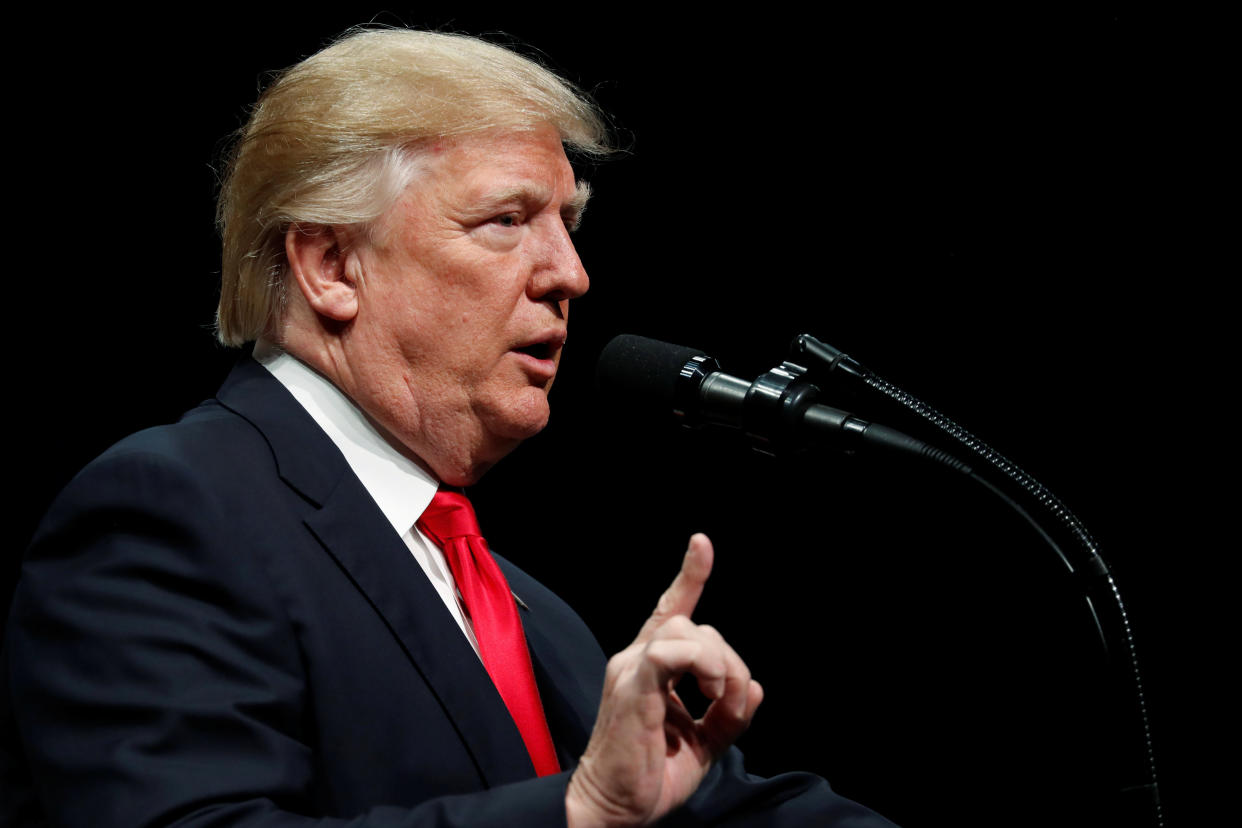
President Donald Trump on Friday accused foreign nations of manipulating a visa lottery program to send the United States their “worst of the worst” – a complete misrepresentation of how the State Department’s program actually works.
In fact, foreign leaders have zero control over the entrants or the winners of the diversity lottery. Nor do they control the vetting process, which requires the same security checks as many other immigration paths to the U.S.
“You think the country is giving us their best people? No,” Trump said during a speech at a police officer training program in Quantico, Virginia, and then stated that foreign leaders are permitted to choose the visa recipients. “What kind of a system is that? They come in by a lottery. They give us their worst people, they put them in a bin. But in his hand when he’s picking them is really the worst of the worst. ‘Congratulations, you’re going to the United States, ok.’”
Trump’s White House did not respond to several HuffPost queries about where the president got his ideas about the program, which accounts for a relatively small percentage of immigrants who come into the U.S. each year and is designed to give residents of countries with low rates of immigration an opportunity to emigrate to the U.S.
Many of those people are now U.S. citizens ― meaning that the president disparaged his fellow Americans as “the worst of the worst.”
“It’s beyond insulting ― it’s totally malevolent,” said David Bier of the libertarian-leaning Cato Institute. “I can’t wrap my mind around the fact that the president just told the entire world that these million people are the worst of the worst, to use his expression. It’s not true.”
Trump’s description of the diversity visa lottery played into his push to eliminate it, along with “chain migration,” the term preferred by immigration opponents for the law that allows U.S. citizens and legal permanent residents to sponsor family members other than spouses and minor children. Trump’s message seemed to suggest that those immigrants are dangerous ― or, at the very least, more likely to be than other immigrants or native-born U.S. citizens.
Trump and administration officials renewed their calls to end both programs after a terrorist attack in New York on Monday, allegedly carried out by a man who entered the U.S. on a visa through his U.S. citizen uncle. There were no deaths. The administration has also cited the Oct. 31 terrorist attack that killed eight people in New York, in which the suspect came into the country on a diversity visa. Both men radicalized after they came to the U.S., according to authorities.
But the head of the U.S. Citizenship and Immigration Services was unable this week to provide data to support a claim that there is a greater propensity for radicalization for immigrants who came to the country through family immigration.
That is because there isn’t any such research, experts say. The chances of being killed in a terrorist attack committed by someone who came on a diversity visa or through “chain migration” was about 1 in 723 million per year from 1975 to the present, while the chance of being killed in a non-terrorism homicide was 1 in 14,394 per year, according to Cato.
Anyone granted a visa through the diversity lottery or through family sponsorship undergoes screening, including vetting through law enforcement and counterterrorism databases, and medical evaluations, according to the State Department. Diversity visa lottery winners must also have at least a high school education or its equivalent, or have two years of recent work experience in an occupation that needs two or more years of training or experience.
Trump has a history of making baseless claims on immigration.
Although multiple studies have found lower crime rates for immigrants as a whole, Trump made a similar claim about Mexican immigrants when he launched his campaign: “When Mexico sends its people, they’re not sending their best,” adding that the country was sending rapists, drug dealers and other criminals.
“Some, I assume, are good people,” he allowed.
Also on HuffPost
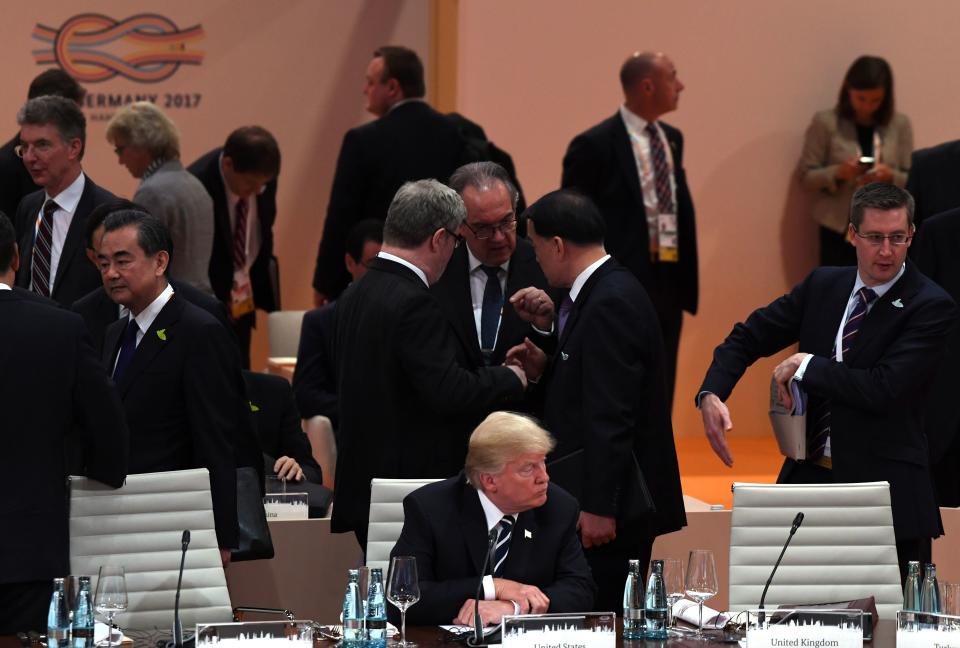

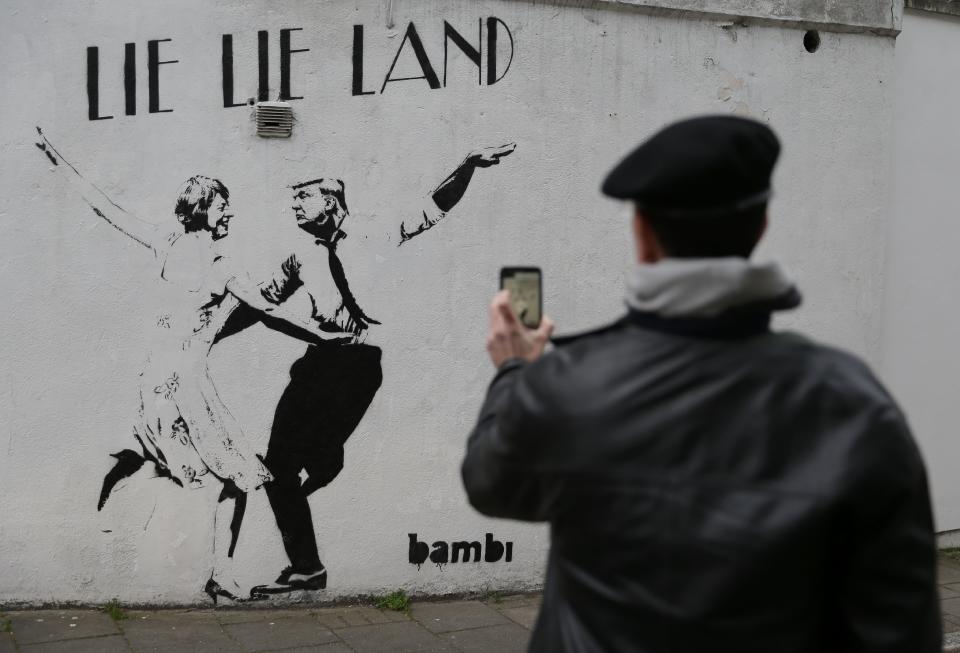
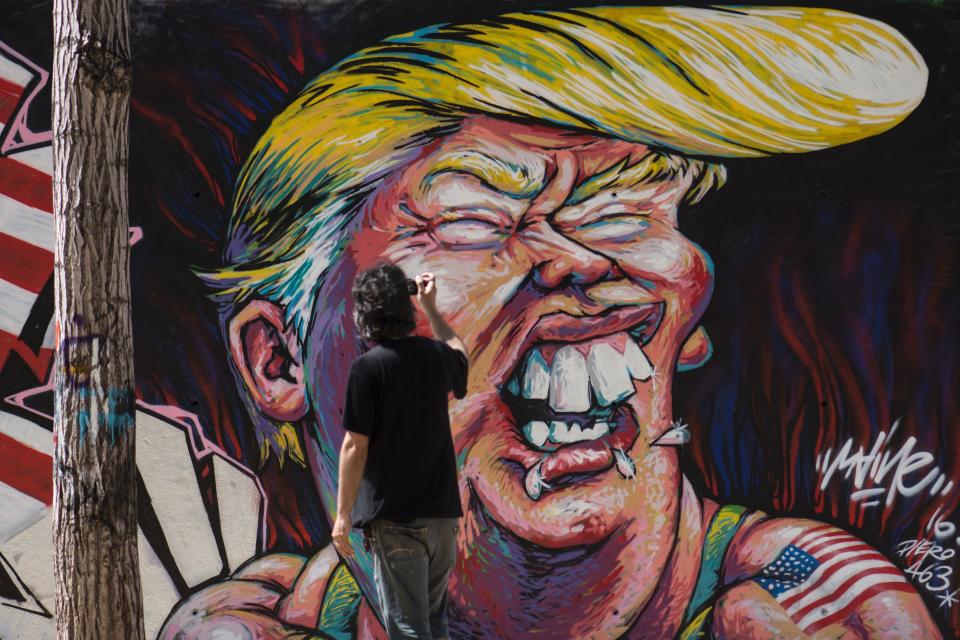
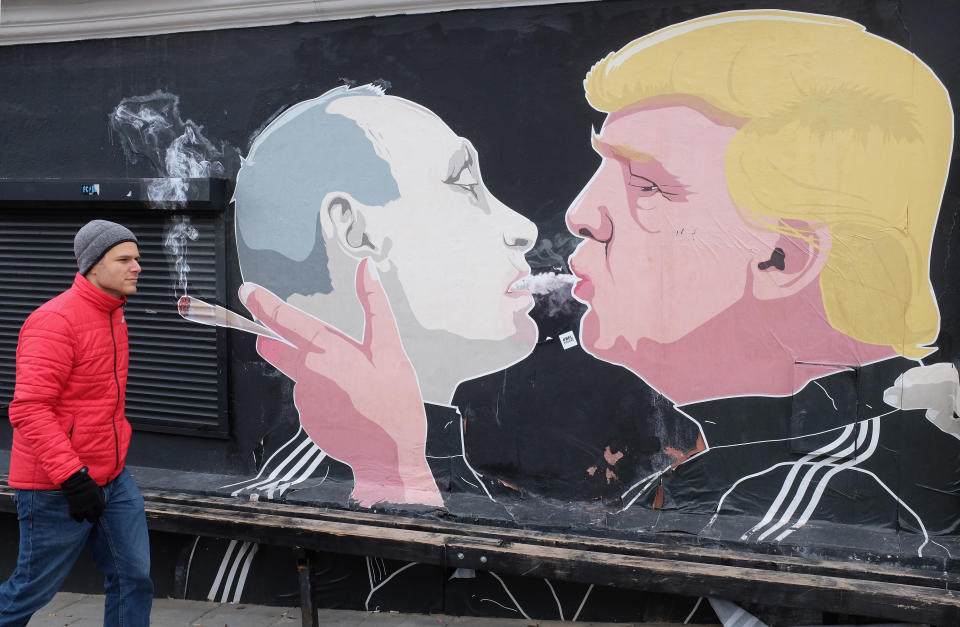
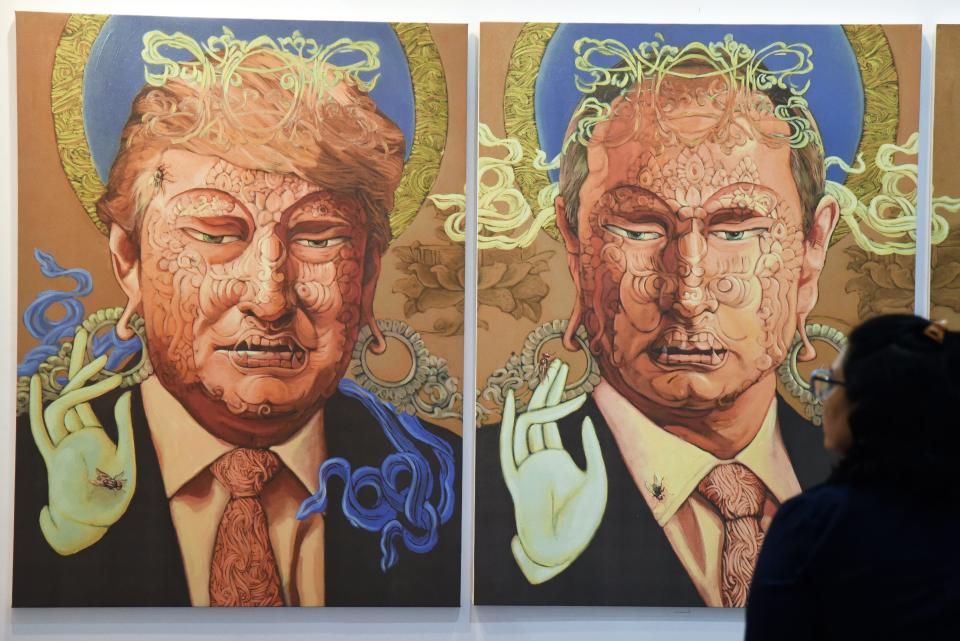
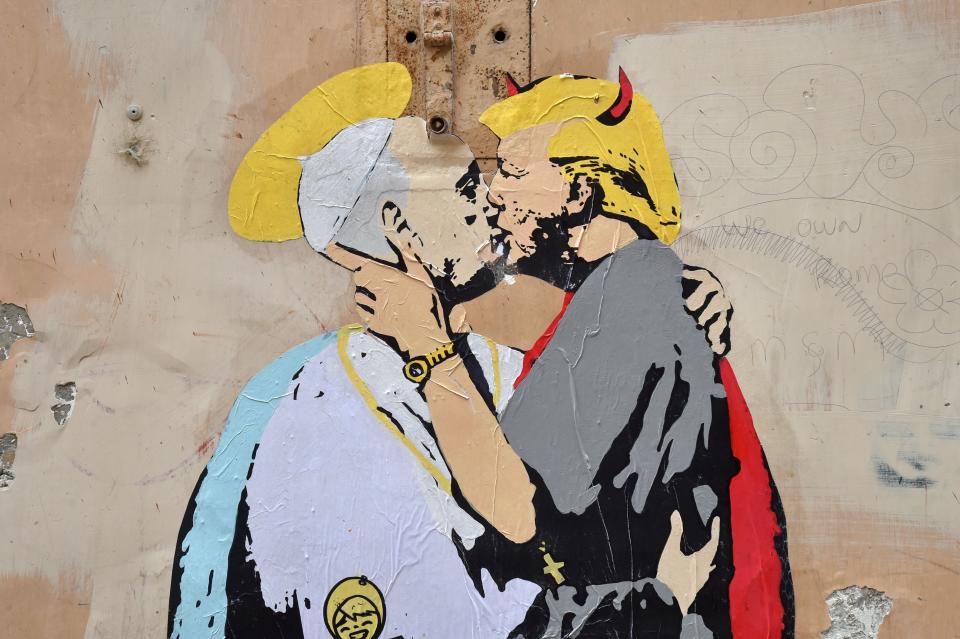
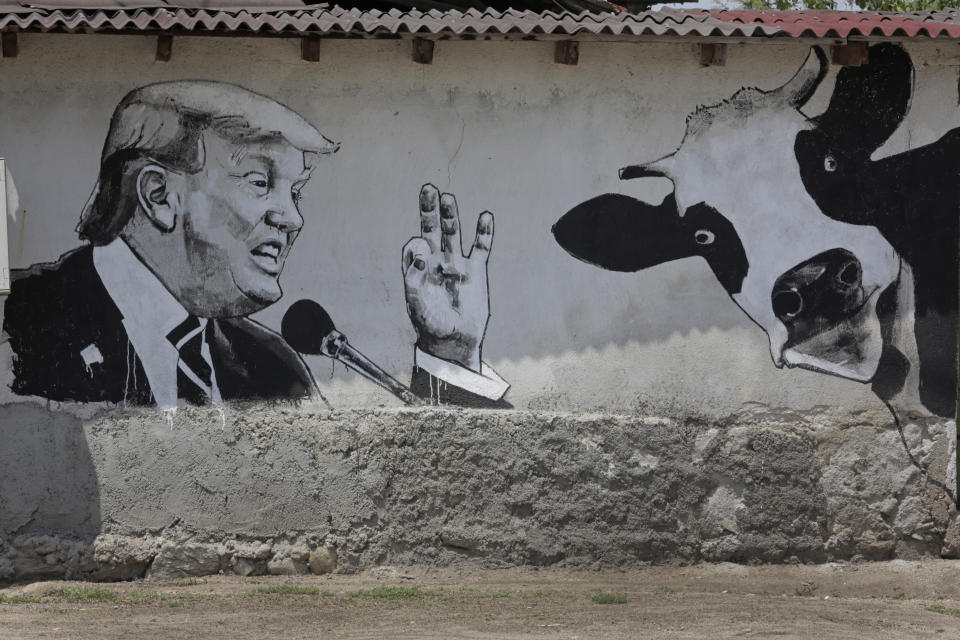

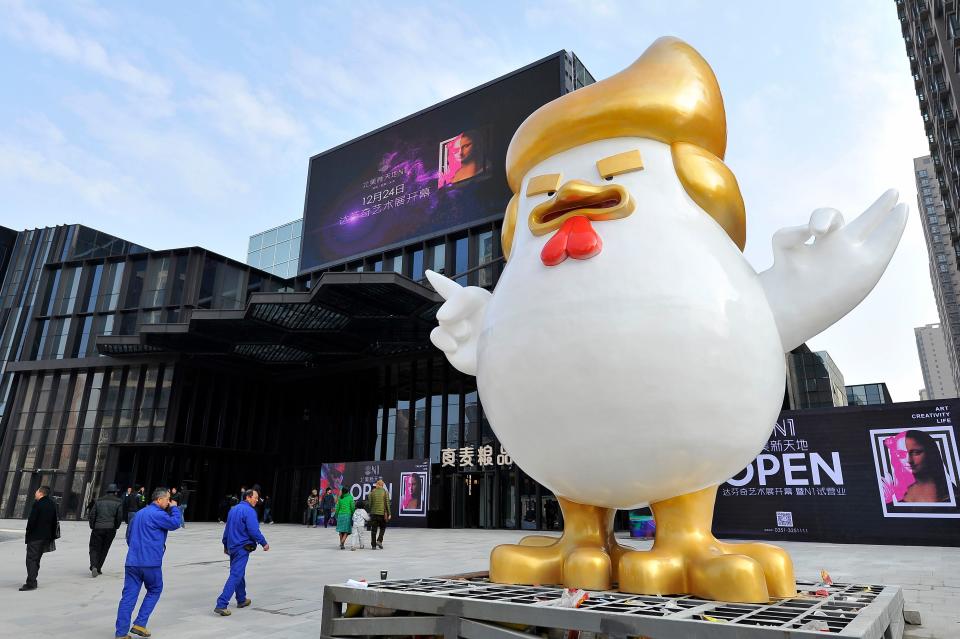
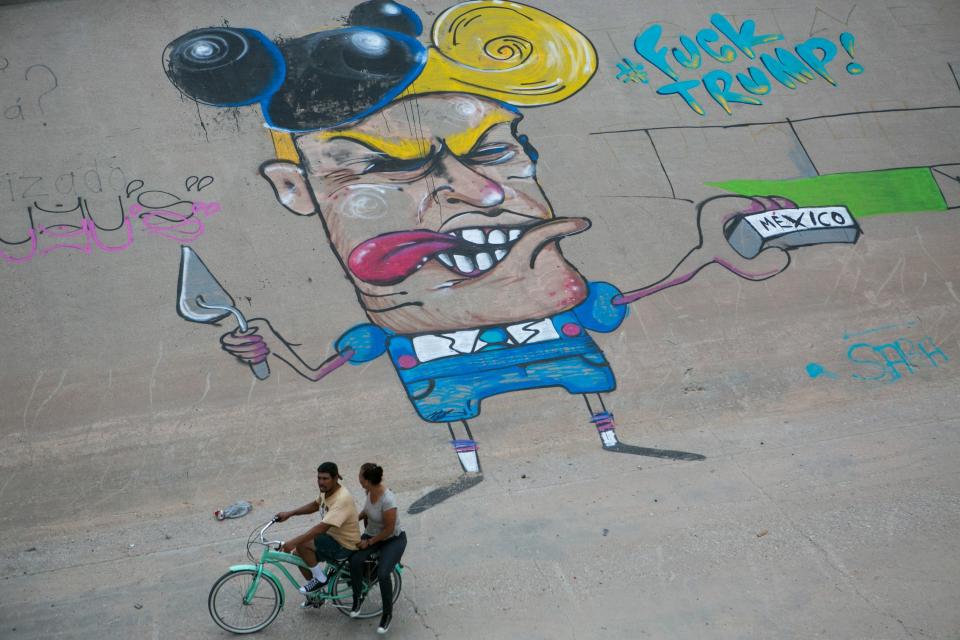
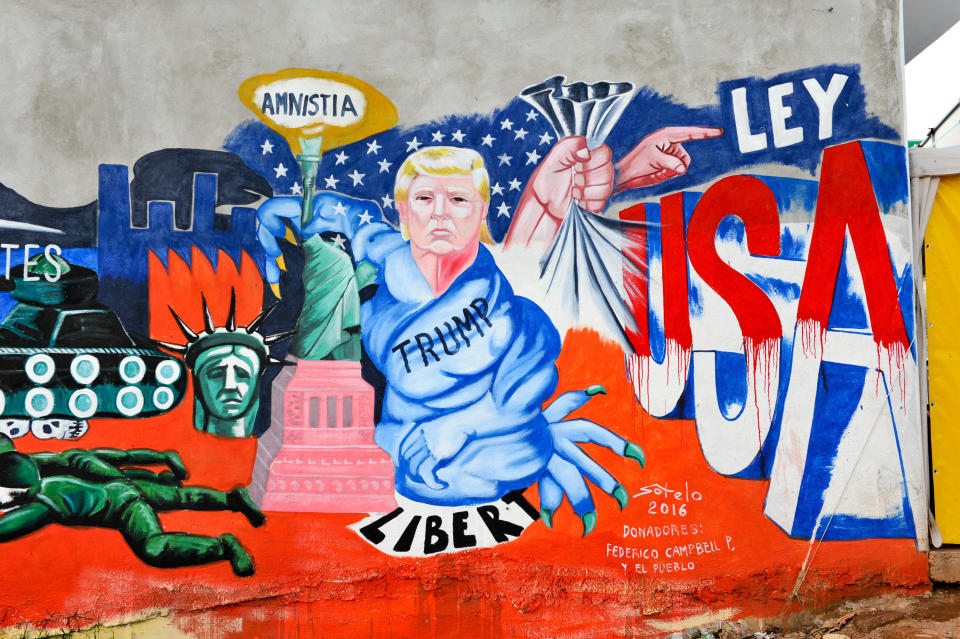

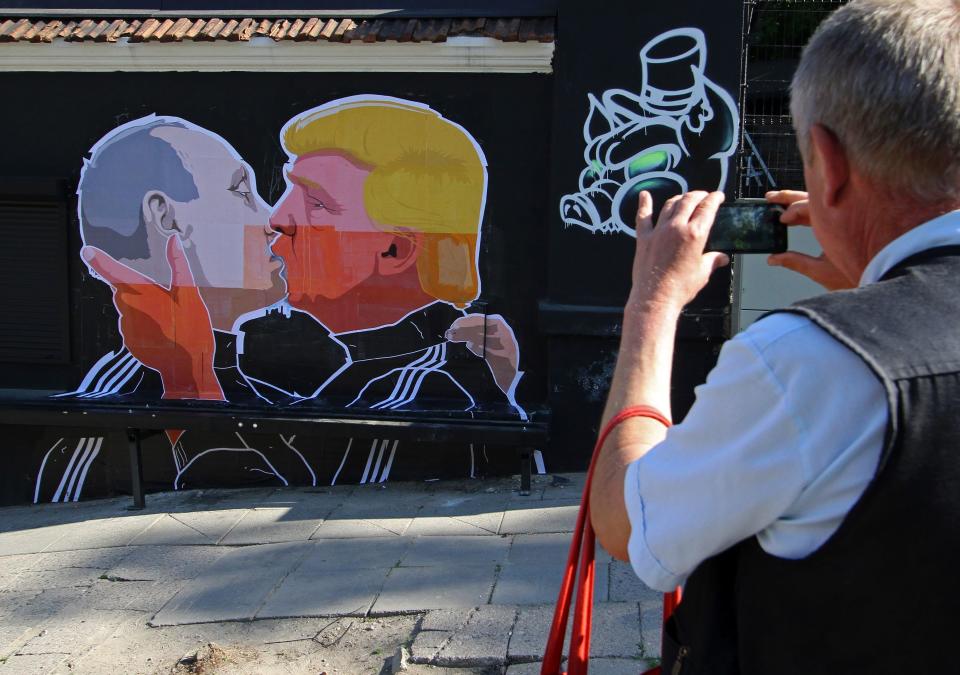

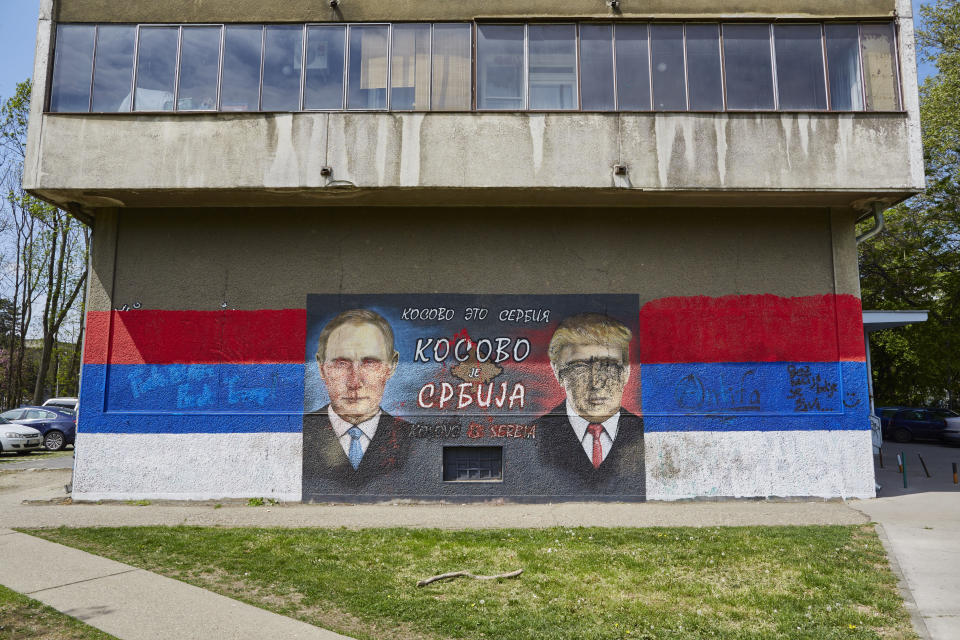
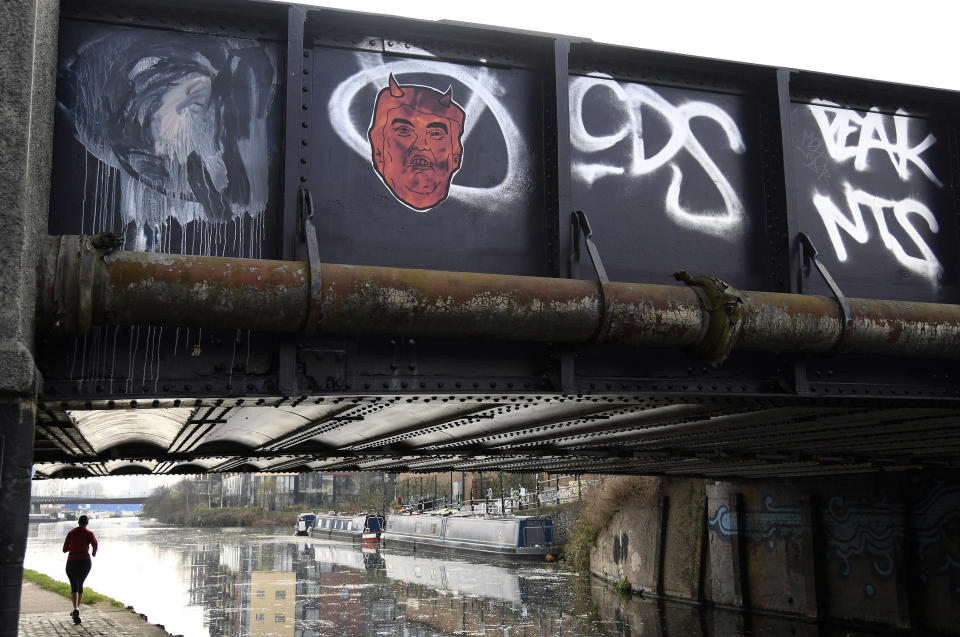
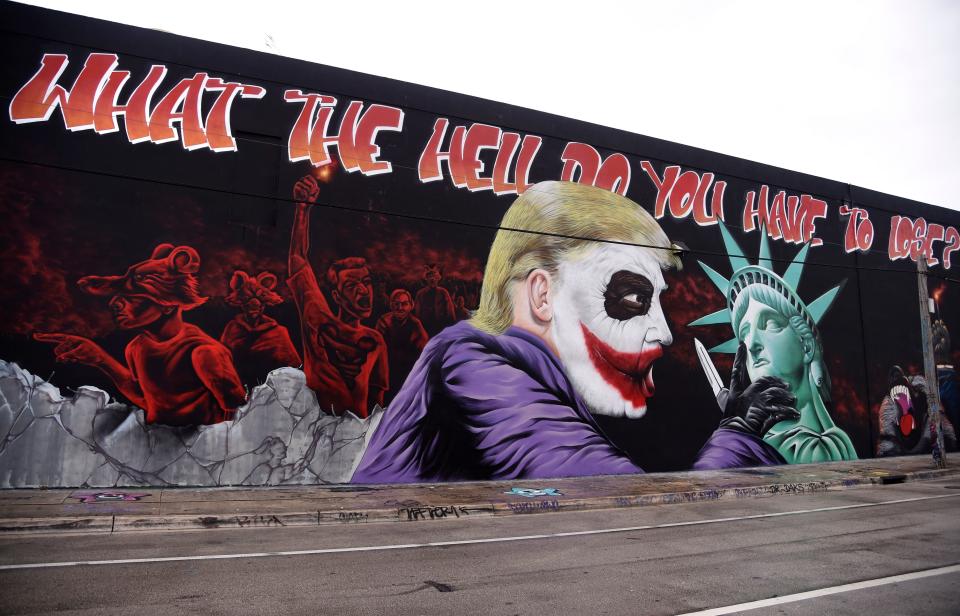
Love HuffPost? Become a founding member of HuffPost Plus today.
This article originally appeared on HuffPost.

